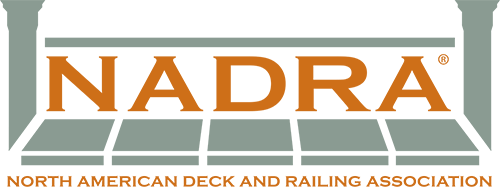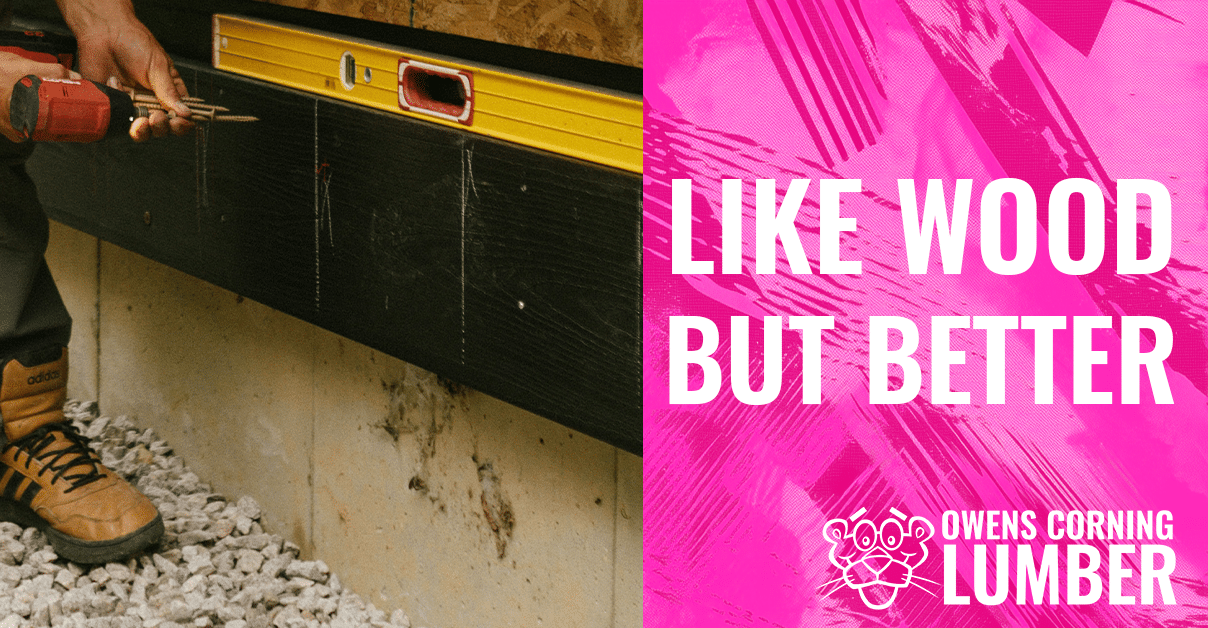As we start this new year, it’s a great time to think about the safety of your outdoor spaces and the spaces you will be building. While it seems far out, warmer weather will be here before you know it, so why not start planning today? As the saying goes, failing to plan is planning to fail. Now is the time to ask yourself this vital question: Is my deck safe? Is my client’s deck safe?
Deck safety should be a priority in every season, not just during Deck Safety Month® in May. Estimates show that half of the decks in the U.S. need repair or replacement*, with many having issues with ledger boards.
Read on to learn more about deck safety and how ledger boards can literally make or break a deck.
Important Things to Know About Deck Safety
Why Decks Fail
When it comes to deck safety, you must consider what causes deck collapses. An estimated 90 percent of deck collapses result from ledger board connection failures. Ledger boards or a ledger refers to the structural elements that attach a deck to a house. When the connection between the ledger board and the house malfunctions, the deck can separate from the house and collapse.
Why Ledger Boards Fail
Most deck ledger connection failures occur due to improper fastening such as nailed-only ledgers. Nails can bend or pull out over time, reducing the strength of the attachment between the deck and primary structure. If nail heads are the only visible hardware on your deck, you should consider it unsafe and have it inspected immediately.
Besides nailed-only ledgers, other improper fastening issues that impact deck safety include:
- Not using approved screws or bolts
- Inadequate spacing
- Not using enough fasteners
- Failing to install flashing, allowing water to seep behind the ledger
- Using the wrong materials for flashing like paper felt instead of metal flashing
While fastening issues lead to most ledger board failures, rotting and damaged board integrity also affect deck safety. As the ledger is exposed to the elements, it may rot over time. Rot goes beyond aesthetics and can cause structural damage. Wind pressure and the weight of the deck can also impact a ledger’s performance.
How to Prevent Deck Collapse
The best way to prevent deck collapse is to keep up with annual deck inspections. Regardless of the age of the deck, regular inspections can help ensure deck safety and performance for years to come. Homeowners can conduct preliminary inspections between those done by a professional, but a licensed inspector should perform a proper inspection of your whole deck structure each year.
When performing a preliminary ledger board inspection, homeowners should look for:
- Ledger board attached with approved screws and bolts vs nails only
- Visual and physical signs of the ledger board rotting or cracking
- A spongy feel of the ledger due to moisture absorption
- Rusted fasteners and loose fasteners
If you spot any of the above on your deck, call a professional to inspect and repair your ledger board according to local building codes.
Prioritize Deck Safety from the Start
Deck safety starts with the materials that you select to build your deck. From hardware to railing, the most durable building products on the market will help ensure a safer deck and a longer lifespan. Materials like stainless steel screws and waterproof decking materials will help your deck withstand the elements.
At Owens Corning, deck safety is our priority. We supply rotproof, rustproof structural lumber designed for direct contact with the ground as well as fresh and salt water. If you plan to replace your existing deck or build a new deck, consider Owens Corning Lumber Structural Framing for your understructure and ledger board. Our lumber is designed to enable safe, resilient structures.
With an Owens Corning Lumber ledger board, make sure you still apply proper flashing to protect the integrity of the structure like the wood of a house.
Ready to Learn More?
Click here to download your very own ledger board inspection sheet.
Click here to watch pro builder Jon Dawson walks you through the step-by-step process of installing a ledger board using Owens Corning Lumber. Whether you’re a seasoned builder or a DIY enthusiast, this tutorial will provide you with all the tips and tricks you need to get the job done right.
*According to NADRA, there are more than 60 million decks in the U.S. (50m residential and 10m commercial). It is estimated that 30 million decks are past their useful life and need to be replaced or repaired.



